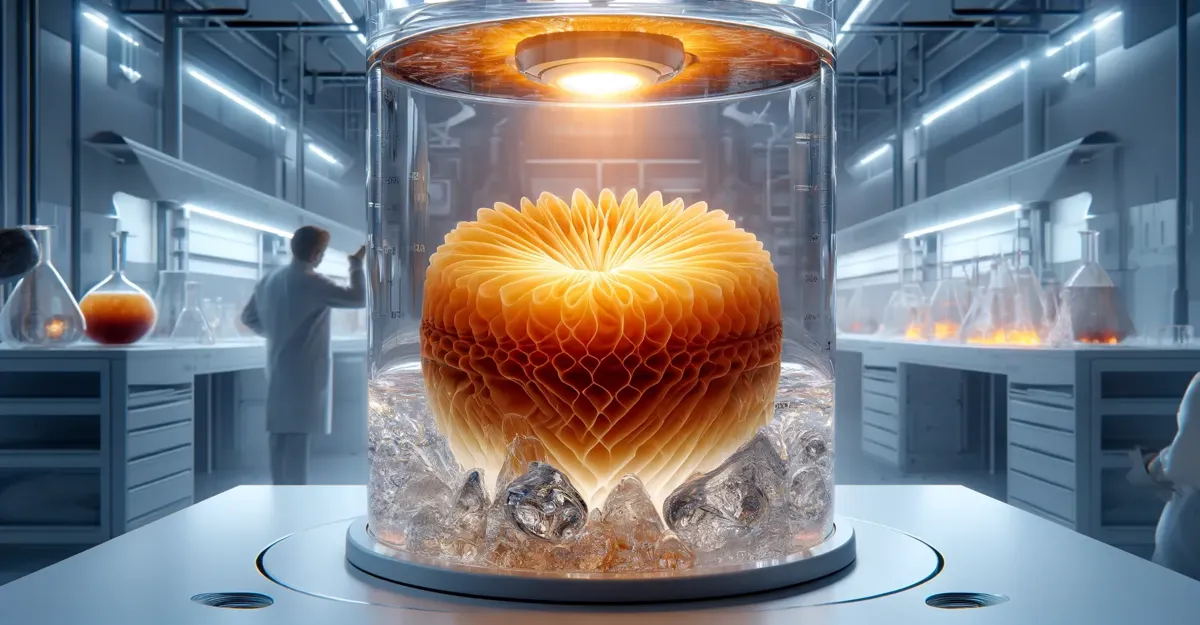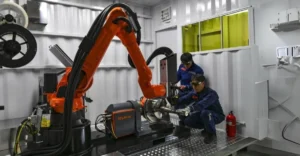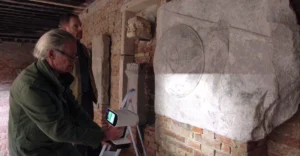Beckman Institute researchers develop biomimetic ‘growth printing’ that transforms manufacturing with tree-inspired technology.
Natural body processes inspired 100x faster polymer part production with ‘growth printing’ How do you make a tree grow faster Extraction of trees To produce polymer parts faster, cheaper and more efficiently, the researchers at the Beckman Institute for Advanced Science and Technology developed a revolutionary new 3D printing process ‘growth printing’, which mimics tree growth. Described in Advanced Materials, the ground-breaking technique creates objects without the need for molds or costly machinery in a major step forward for manufacturing technology.
“Completely new manufacturing processes are hard to find. Growth printing is entirely new, which is thrilling,” said Sameh Tawfick, a mechanical engineering professor at the University of Illinois Urbana-Champaign who led the research.
The innovative method begins with dicyclopentadiene (DCPD) resin in an ice-cooled glass container. A core is heated to 70 C, and a reaction travels outward at 1 mm/s 100 times the speed of a conventional desktop 3D printer. This energy-efficient solidification process is known as frontal ring-opening metathesis polymerization (FROMP) and can be used to create poly-dicyclopentadiene (p-DCPD).
What sets this technique apart is the manipulation method researchers employ. As the solid structure expands, it can be pulled from the resin similar to dipping an apple in caramel and shaped in real-time. Since solidification only occurs beneath the surface, the growing object can be lifted, dipped, or spun to create different forms. For instance, to make a wavy edge, the resin is lifted slightly and held still before repeating the process.
Drawing inspiration from tree growth and morphogenesis the biological process that shapes organisms the team has successfully created various natural-looking structures including a pinecone, a raspberry, a squash, and even a kiwi bird by adjusting the timing to sculpt detailed features.
Philippe Geubelle, Illinois aerospace professor, noted: “The speed and energy efficiency of the growth-printing process make this process particularly attractive.” Tawfick envisions this “simple and highly marketable” method being used for large polymer products like wind turbine blades applications where the US Department of Energy, which funded the project, has particular interest.
The process does have limitations, however. Complex shapes with specific geometries remain challenging to produce. “Our process cannot make a perfect cube. It’s an interesting mirror of nature,” Tawfick acknowledged, highlighting how the constraints of the technique parallel those found in biological growth processes.
































